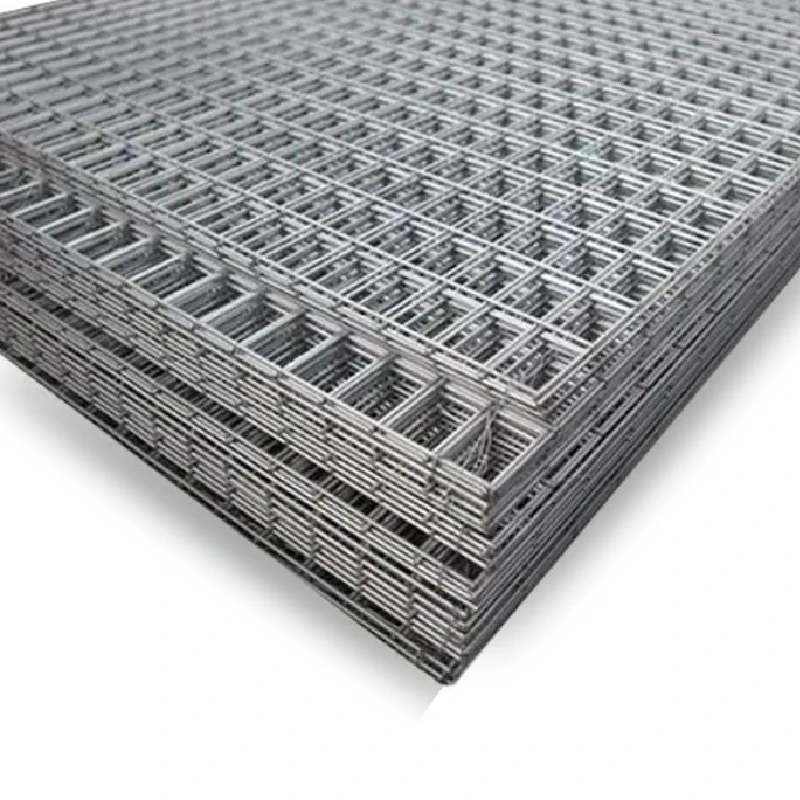Nov . 30, 2024 23:59 Back to list
cattle fencing supplies
Essential Cattle Fencing Supplies for a Successful Livestock Operation
When managing livestock, one of the critical components many farmers must consider is fencing. Proper fencing serves multiple purposes it keeps cattle safe, prevents them from wandering onto roads or neighboring properties, and protects crops from grazing animals. To ensure a successful livestock operation, understanding the different types of cattle fencing supplies is essential.
Types of Fencing Supplies
1. Fencing Materials The most fundamental aspect of cattle fencing is the choice of materials. There are various types of fencing materials available, including barbed wire, electric wire, high-tensile wire, and woven wire.
- Barbed Wire This is one of the most common materials used in cattle fencing. It’s cost-effective and provides a deterrent to cattle looking to escape. However, it can also pose injury risks to the animals if not installed properly.
- Electric Fencing This option is becoming increasingly popular due to its effectiveness in keeping cattle within a designated area. Electric fences deliver a mild shock when touched, training cattle not to approach the boundary. They require a power source and regular maintenance but are ideal for wide pastures.
- Woven Wire Fencing Known for its durability and strength, woven wire fencing is excellent for containing cattle. It consists of vertical and horizontal wires woven together, creating a sturdy barrier that prevents cattle from escaping while minimizing harm.
2. Posts and Rails The support structure for any fencing system is crucial. Wood, steel, and fiberglass are among the commonly used materials for posts.
- Wooden Posts These are traditional and can be aesthetically pleasing, but they may require more maintenance over time, as they are susceptible to rot.
cattle fencing supplies

- Steel Posts Galvanized steel posts are durable and long-lasting, and they can withstand harsh weather conditions. They are a good investment if you want a sturdy fence that lasts.
- Fiberglass Posts Lightweight and resistant to corrosion, fiberglass posts are becoming a popular choice for electric fencing systems
. They are easy to install and optimize the effectiveness of the electric wire.3. Fencing Accessories In addition to the primary fencing materials, a variety of accessories can enhance the functionality and effectiveness of your cattle fencing system.
- Insulators These are crucial for electric fencing as they prevent the electric current from grounding out. Insulators should be chosen based on the type of fence and the voltage used.
- Gate Hardware Proper gate hardware ensures easy access to your cattle while maintaining the integrity of the fence. Hinges, latches, and lock systems are all important components that should be sturdy and reliable.
- Corner Braces and Tensioners These items provide additional strength to the corners of a fence and help maintain tension in wire fencing, ensuring it stays taut and effective.
Conclusion
Investing in quality cattle fencing supplies is essential for any livestock operation. The right fencing not only ensures the safety of your cattle but also protects your property from potential damages caused by roaming animals. Understanding the various types of fencing materials, posts, and accessories allows farmers to make informed decisions tailored to their specific needs. With proper installation and regular maintenance, quality fencing can last for years, providing peace of mind and protecting your investment in livestock. Whether you are a seasoned farmer or just starting in the industry, the right fencing supplies are key to a successful operation.
-
Reinforcing Mesh: Core Material of the Construction Industry
NewsJul.07,2025
-
Welded Wire Fabric Reinvented for Modern Projects
NewsJul.04,2025
-
Superiority of Stainless Steel Woven Mesh
NewsJul.04,2025
-
Key Types of Razor Wire and Their Applications
NewsJul.04,2025
-
Durable Metal Fence Types for Security
NewsJul.04,2025
-
Best Materials for Livestock Fence
NewsJul.04,2025
products.







